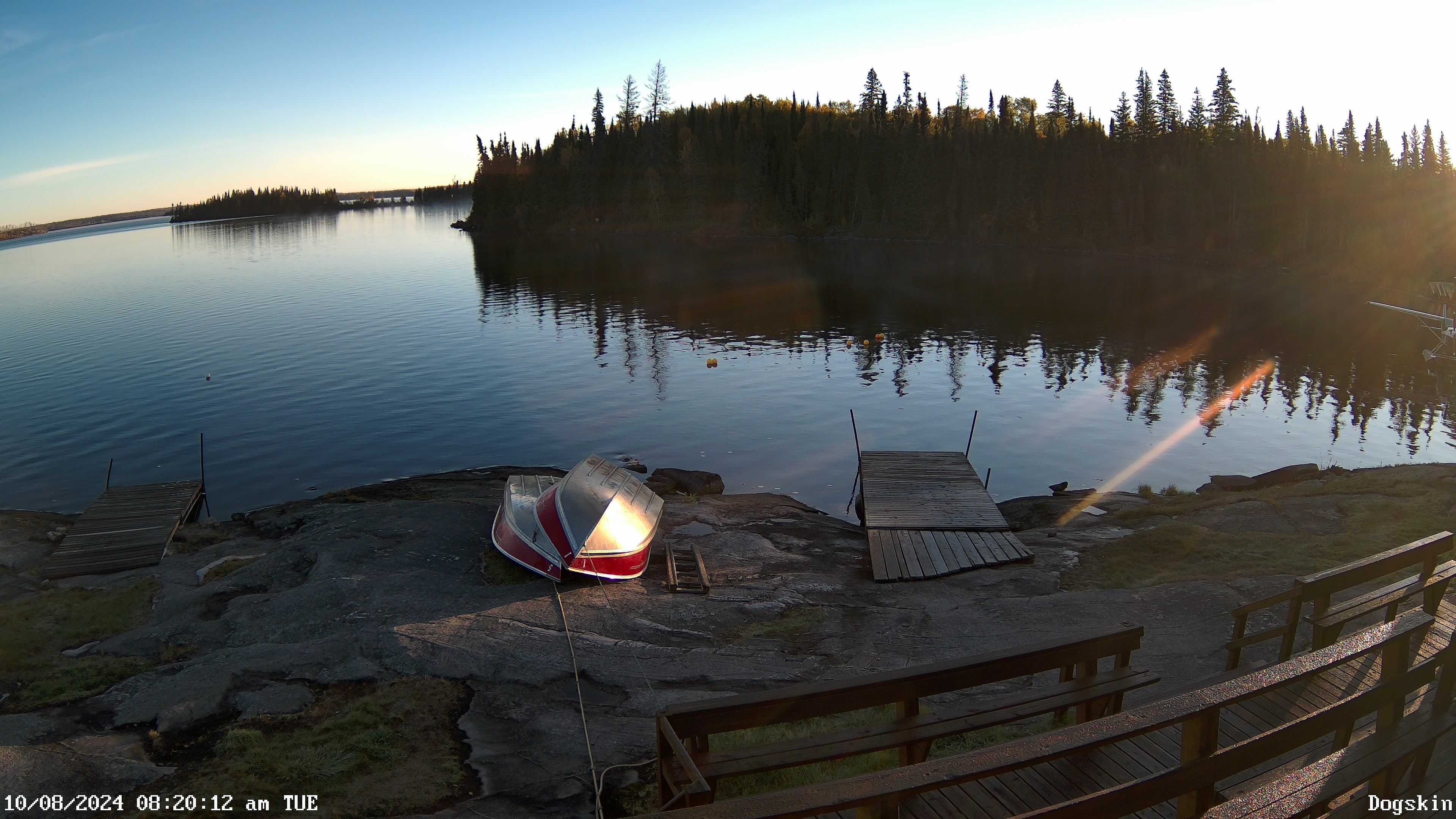At Dogskin, we're always interested to learn more about walleye, the science behind their spawning and behaviors, as well as maximizing the quality of fishing at our lodge and outposts. Here is a good video from a fisheries supervisor at the MN DNR that covers lots of walleye science. Phil covers Northern MN and Lake of the Woods and his observations are generally applicable to the lakes in our area of Manitoba. Quite a few of his points are things that we’ve known and used to guide our catch and consume policy that we implemented 25 years ago. Other facts help explain why Dogskin and the lakes in our area are such great walleye fisheries.
Larger walleye produce larger eggs that are more resilient than eggs from smaller fish.
Consuming smaller fish has virtually no effect on the sustainability of the fishery. The quantities of fish in each age class decreases significantly as they get older. 15” fish are generally around 3 years old, while a 28” Master Angler is around 15 years old. Our catch and consume policy has our guests keep 14”-17” fish for shore lunch. In addition to being sustainable, these sizes of fish are also the most tasty!
Highly stained water results in the ability of walleye to feed during the day. Night bite of walleye in highly stained water is significantly lower than clear water. The highly stained water of the lakes around Dogskin allows our guests to fish hard for walleye all day long. There is a very noticeable drop-off after sunset.
Fishing in water shallower than 32’ rarely result in death from pressure effects. Most of the fishing at Dogskin and our outposts is done shallower than 20’, even at the warmest water temps. Not only is shallow water fishing easier for the fisherman, its much better for catch and release fish mortality.
Watch the video for more info or see below for more walleye science observations that I got out of it:
Interesting observations from the video:
Spawning initiation is both water temp and seasonality (amount of daylight) dependent. Temps are usually in the low to mid 40’s.
Spawn generally takes place over clean substrates (1/4” gravel to basketball size), so coarser gravel and rocks with some water flow that keeps bottom clean.
Typical walleye reach maturity around 17” and spawn the rest of their life.
Larger females produce larger eggs, making them more survivable (more nutrients). Better chance of making it if water temps drop and eggs take longer to hatch, etc.
18” fish produce lots of eggs, but smaller with lower chances of survival. Healthy spawning season is when all classes produce well.
From spawn to hatching is two weeks or more depending on conditions.
In larger lakes in MN, around 1% or less of eggs survive to hatch.
The water pressure is twice atmospheric pressure at 32’ depth. Releasing fish caught shallower than this rarely result in barometric trauma. Below this depth, mortality is increased as depth increases, almost exponentially. Mitigating factors are how fast the fish is caught and released (and gets back down to that depth) and water temp. Warm water increases mortality.
Walleye are less canabalistic than other fish.
Colors of fish are primarily determined by their environment. Walleye that live deeper or are in lakes with lots of natural tannins are generally darker.
Growth slows around 12-15 years old. Most fish over 20” are female. A 15” fish is typically 3 years old and a 28” fish is generally around 15 years old. Oldest fish found in Lake of the Woods is 27 years old.
Highly stained waters cause walleye to feed more during the day and the night bite is significantly reduced over clear lakes when high sun penetration limits day feeding activity.
Warm water temps will slow fish feeding as well as high/fast changing barometer.











